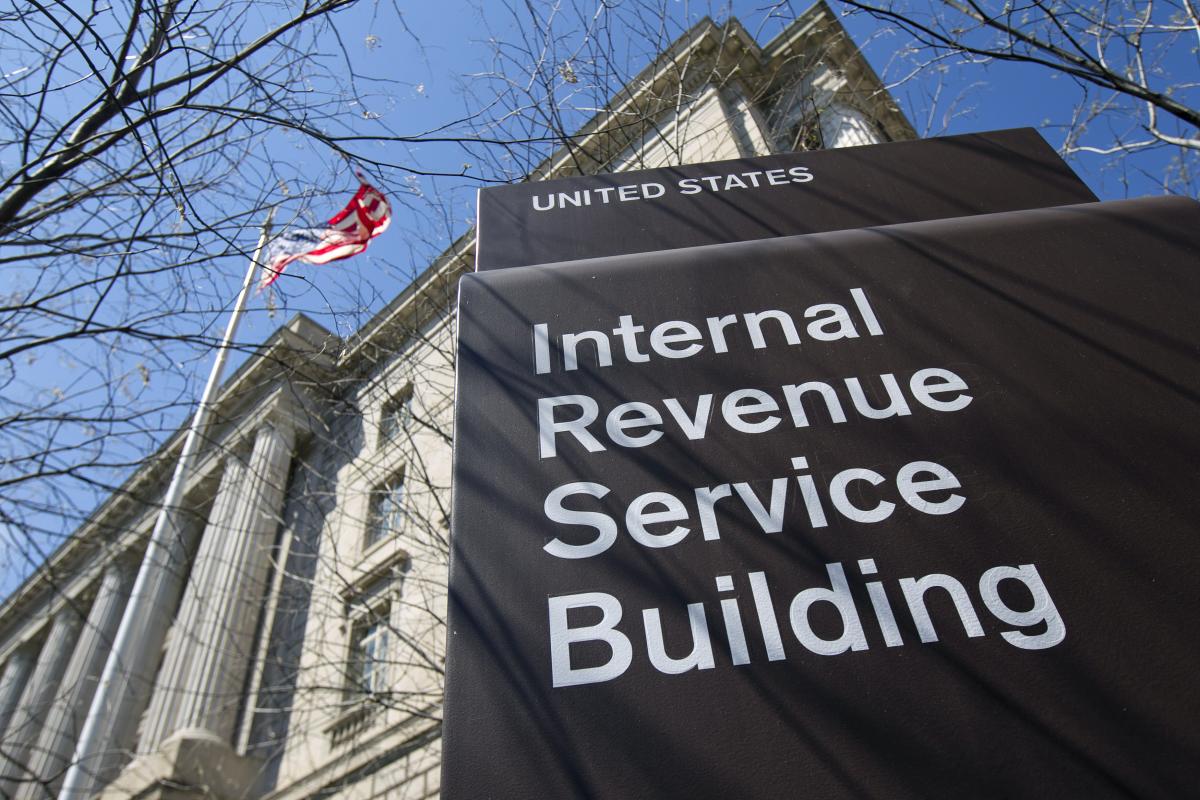The IRS has updated Form 8881, Credit for Small Employer Pension Plan Startup Costs, Auto-Enrollment, and Military Spouse Participation, for 2023 filing to reflect provisions in SECURE 2.0 intended to expand coverage and increase retirement savings.
 The revisions to Form 8881 under the SECURE 2.0 Act are important, according to Kizzy Gaul, chair of the ASPPA Government Affairs Committee and a Director of Benefits Advisory and Compliance at WTW. She told NAPA that they provide “a significant opportunity for eligible small businesses to claim substantial tax credits intended incentivize the establishment of new retirement plans and increase retirement savings.”
The revisions to Form 8881 under the SECURE 2.0 Act are important, according to Kizzy Gaul, chair of the ASPPA Government Affairs Committee and a Director of Benefits Advisory and Compliance at WTW. She told NAPA that they provide “a significant opportunity for eligible small businesses to claim substantial tax credits intended incentivize the establishment of new retirement plans and increase retirement savings.”
In December 2020, the IRS put Form 8881 in two parts: Part I, used to claim the credit for small employer pension plan startup costs, and Part II, used to claim the credit for small employer auto-enrollment in retirement savings.
So eligible small employers use Part I of Form 8881 to claim the credit for qualified startup costs incurred in establishing or administering an eligible employer plan. Eligible small employers can use Form 8881, Part II, to claim the credit for first including an eligible automatic contribution arrangement in an eligible employer plan.
SECURE 2.0 Provisions
Section 102 of SECURE 2.0, Modification of Credit for Small Employer Pension Plan Startup Costs, changes the three-year small business startup credit by increasing the startup credit from 50% to 100% for employers with up to 50 employees; however, for defined benefit plans, an additional credit is provided.
The amount of that additional credit generally will be a percentage of the amount contributed by the employer on behalf of employees, up to a per-employee cap of $1,000. This full additional credit is limited to employers with 50 or fewer employees and is phased out for employers with between 51 and 100 employees.
The applicable percentage is 100% in the first and second years, 75% in the third year, 50% in the fourth year, 25% in the fifth year; there is no credit for tax years thereafter.
Revisions Reflect Coverage Expansion Efforts
The updated Form 8881 integrates Internal Revenue Code (IRC) Section 45AA, which extends tax credits to eligible small employers, with specific features that benefit military spouses, observes Gaul.
In comments to NAPA, Gaul observed that SECURE 2.0 amended IRC Section 45E to permit eligible employers, with 1–50 employees, an increased start-up credit of 100% of the qualified start-up costs for a tax year, up to $500 for the tax year in which a plan is established or becomes effective and each of the two subsequent tax years.
SECURE 2.0 also amended IRC Section 45E to permit an additional credit for employer contributions by certain eligible employers, in an amount equal to an applicable percentage of eligible employer contributions to a defined contribution plan, for up to five tax years beginning with that in which the plan is established. Form 8881 was revised to allow small business owners to claim these tax credits under these additions to Section 45E.
The Time Is Now
Section 102 is effective for taxable years beginning after Dec. 31, 2022—so its provisions kick in for reporting about the 2023 taxable year.
Why This Matters
“The revisions to Form 8881 are significant because they provide one of the first opportunities to realize the tangible benefits of SECURE 2.0,” Gaul continues; not only that, but she also says they “mark a pivotal moment where the legislative intent of SECURE 2.0 to encourage retirement savings becomes actionable. The revisions to Form 8881 allow eligible small businesses to claim these tax credits for costs incurred in establishing or administering an eligible plan beginning for the 2023 tax year.”

